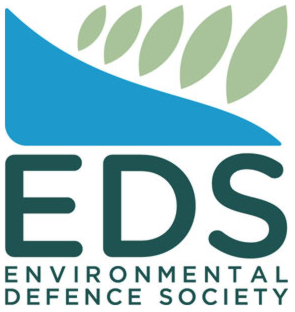Tūranganui-a-Kiwa is one of two New Zealand locations selected to take part in a global climate adaptation initiative funded by the National Geographic Society.
The Poverty Bay region and Tāhuna-Glenorchy, in the Queenstown Lakes District, join the three-year Preserving Legacies programme, alongside 10 other places and practices from across six continents.
It is the first time projects from Aotearoa have been accepted.
Led by National Geographic explorer Victoria Herrmann, the project encourages local communities and leaders to create climate action solutions for environmental protection and cultural preservation.
Out of 150 applicants, Rongowhakaata Iwi Trust solidified Tūranganui-a-Kiwa’s place.
According to its website, Rongowhakaata’s tribal rohe encompasses Te Kōwhai at Te Wherowhero Lagoon, inland to Te Arai Headwaters, continuing to Te Reinga in the southwest, and north, encompassing Gisborne city business district, past Puhi Kaiti, Wainui to Pouawa.
Rongowhakaata’s Taiao team lead Damian Whaanga said the opportunity would allow them to build international relationships that uphold “local tikanga, honour our history and support our future aspirations”.
“Our participation affirms the vital role of indigenous leadership in shaping multigenerational solutions that strengthen our collective ability to adapt, lead and flourish in the face of climate change.”
It was the first time Rongowhakaata applied. The process involved a written component and an interview phase.
“The programme provides tools, training and international networks that empower the development of community-led solutions,” Whaanga said.
The focus will be on Tairāwhiti’s whole landscape and the encompassing natural systems, as well as the traditional practices and histories that connect to these spaces.
The programme would benefit their current initiatives, especially those focused on cultural revitalisation, kaitiakitanga taiao (guardianship of the natural world), and community engagement, he said.
“We focus on healing our land and ecosystems (tūranga whenua), revitalising whakapapa and community resilience (tūranga tangata), and preserving our stories through art and tradition (tūranga toi).
“The region is more than a resource, it holds whakapapa, identity, memory and mauri (spirit).
“Our connection to this landscape includes rivers, forests and wetlands that once sustained us both physically and spiritually.”
Rongowhakaata will be working with the other international projects, as well as fellow Aotearoa site custodians Leslie Van Gelder and Darren Rewi from Tāhuna, Glenorchy.
“It’s special for us to connect as [Rewi] also shares Rongowhakaata whakapapa.”
Whaanga said residents could expect to be involved because the solutions would be community-led.
The first year of the Preserving Legacies programme focuses on building strong foundations through planning, knowledge exchange and capacity building.
“It involves assessing climate risks, co-designing adaptation strategies utilising plural knowledge systems, and sharing our stories on global platforms.”
The Preserving Legacies Facebook page said this work laid the groundwork for adaptation actions to undertake in their final year.
Waanga stressed the importance of the opportunity ... “at a time when government support for climate leadership and Treaty obligations is declining”, he said.
The two Aotearoa locations will join the following places and practices for the three-year programme:
- Flower Path
Pollinator Initiative (Northern New Mexico, United
States)
- The Great Spa Towns of Europe World Heritage
Site (Europe)
- Historic Hampton House (Brownsville,
Florida, US)
- Ileret Footprint Project Site (Marsabit
County, Kenya)
- Kangchenjunga Conservation Area
(Taplejung, Nepal)
- La Floresta (Quito, Ecuador)
-
Kavango / Okavango River Basin (Namibia & Botswana)
-
Sjøgata Preservation Area (Mosjøen, Norway)
- Tawaki,
Gauve, Wakapi and Popa Coconut Megaliths (West New Britain
Province, Papua New Guinea)
- Victorian Gothic and Art
Deco Ensembles of Mumbai (Mumbai,
India).



 Gordon Campbell: On Why Leakers Are Essential To The Public Good
Gordon Campbell: On Why Leakers Are Essential To The Public Good NZ Police: Operation Purple | Anti-Social Road User Gathering In Levin
NZ Police: Operation Purple | Anti-Social Road User Gathering In Levin New Zealand Defence Force: The Latest Update On The HMNZS Manawanui Response
New Zealand Defence Force: The Latest Update On The HMNZS Manawanui Response NZCTU: NZCTU Release Detailed Budget 2025 Analysis
NZCTU: NZCTU Release Detailed Budget 2025 Analysis Department of Conservation: DOC Reveals Surprising Toilet Paper Stats
Department of Conservation: DOC Reveals Surprising Toilet Paper Stats NZ Government: Consultation Opens On Sweeping Overhaul Of Primary Sector Regulations
NZ Government: Consultation Opens On Sweeping Overhaul Of Primary Sector Regulations Manaaki Whenua Landcare Research: How Have Our Garden Birds Been Tracking Since 2014?
Manaaki Whenua Landcare Research: How Have Our Garden Birds Been Tracking Since 2014?


